Why Isolation is Needed in Gate Drivers
Ensuring the safety and integrity of electronic systems is of utmost importance, especially in applications involving high voltages or where electrical isolation is necessary between the control and power stages.
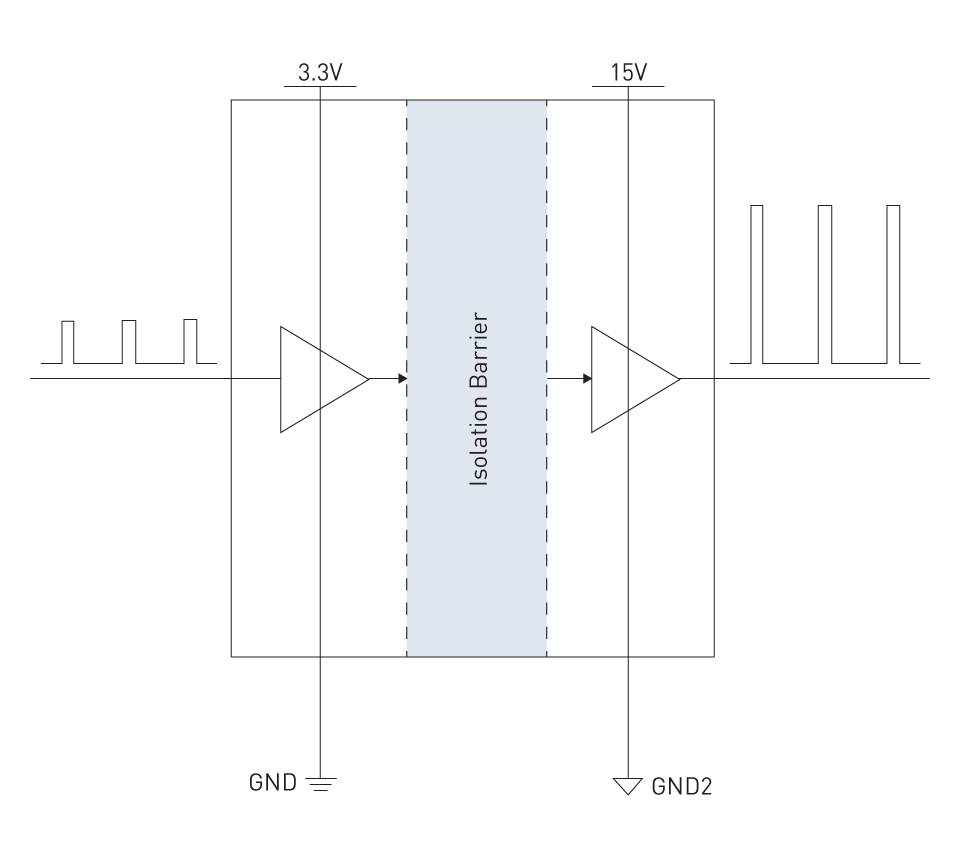
Figure 1: Isolated Gate Driver Concept
Protecting Control Circuitry: One of the main purposes of isolation in gate drivers is to safeguard the low-voltage control circuitry from the potentially damaging high-voltage conditions commonly encountered in the power stage. Ensuring proper separation is essential to safeguard delicate microcontrollers, processors, or logic circuits from potential harm caused by high-voltage transients during the control stage.
Safety Considerations: For user safety, it is crucial to prioritize isolation in applications that involve high power and voltages. This is particularly important in areas like industrial motor drives, renewable energy systems, and power inverters. It effectively safeguards the user interface and control sections, minimizing the potential for electric shock by preventing high-voltage hazards from reaching them.
Noise Immunity: Electrical isolation is also effective in reducing the effects of noise and electrical interference. High-voltage operations can cause electromagnetic interference (EMI), which may affect the performance of delicate electronic components. Ensuring isolation prevents the spread of noise from the power stage to the control logic, which helps maintain signal integrity and system reliability.
Breaking Ground Loops: In complex systems with varying ground potentials in different parts of the circuit, the use of isolation in gate drivers can effectively break ground loops. Ground loops may introduce undesirable noise and potential differences that could impact measurement accuracy and system stability.
Common-Mode Voltage Handling: Isolated gate drivers excel at handling high common-mode voltages, which refer to voltage differences between the ground of the driving source and the ground of the load. Power electronic systems frequently encounter these conditions, and it is crucial to ensure adequate isolation to effectively handle them and prevent any potential disruptions or harm.
Legal and Regulatory Compliance: Numerous electronic systems are required to meet strict safety and electromagnetic compatibility standards. Isolation of gate drivers is frequently necessary to comply with regulatory standards, guaranteeing the safe and legal use of these devices in different settings.
Fundamentals of Signal Transfer across Isolation
Signal transfer across isolation in gate drivers is based on the transmission of control signals from the low-voltage side to the high-voltage side without any physical electrical connectivity. This process is crucial for maintaining the operational integrity and safety of the system.
Isolation Techniques: Several techniques are employed to achieve signal transfer across the isolation barrier:
- Optical Isolation (Optocouplers): This technique uses light for signal transmission. On the input side, a light-emitting diode (LED) emits light, which a phototransistor on the output side detects. The control signal directly determines the amount of light emitted. The phototransistor converts the light into an electrical signal to drive the gate.
- Magnetic Isolation (Transformers): Transformers are used in magnetic isolators to facilitate the transfer of signals. When the control signal in the primary winding generates an AC signal, a magnetic field is created. This magnetic field then induces a corresponding signal in the secondary winding, which is located across the isolation barrier.
- Capacitive Isolation: This technique uses capacitors to transmit signals. Changes in voltage on one side of the capacitor have an impact on the electric field, which in turn affects the voltage on the other side, facilitating the transmission of the signal across the isolation barrier.
Signal Integrity and Speed: Signal integrity and speed are crucial factors when it comes to transferring signals across isolations. Maintaining the integrity and speed of the signal is a significant challenge. Every isolation technique possesses unique characteristics when it comes to signal fidelity, bandwidth, and propagation delay. Optocouplers, for example, may exhibit slower response times when compared to capacitive or magnetic methods.
Driving Strength: After isolating the signal, it is often necessary to amplify it in order to effectively control the power switch. This amplification should be sufficiently robust to rapidly charge and discharge the gate capacitance of the power switch, guaranteeing swift and effective switching.
Feedback Path: Some gate driver designs incorporate a feedback path to transmit information from the high-voltage side to the control side. This feedback is critical for monitoring the power switch's condition and ensuring consistent and dependable operation.
Power Supply Considerations: Supplying power to the isolated side of high-side drivers can be quite challenging. Methods such as bootstrap circuits or dedicated isolated DC-DC converters are employed to provide the required power across the isolation barrier.
Benefits over Non-Isolated Gate Drivers
Isolated gate drivers provide numerous benefits compared to non-isolated gate drivers, especially when it comes to ensuring safety, enhancing system reliability, and optimizing performance in different operating conditions.
Safety Enhancement
Electrical Isolation: One of the main advantages of isolated gate drivers is the complete separation between the control circuit (input) and the power circuit (output). Ensuring user safety is of utmost importance, particularly in high-voltage applications. It effectively protects against high-voltage transients, ensuring the control circuit's protection and the user's safety.
Reduced Risk of Electrical Shock: Isolated gate drivers offer an extra level of protection against electrical shock, making them a crucial component in industrial and commercial applications where operators or maintenance personnel may come into contact with the circuitry.
Improved System Reliability
Enhanced Noise Immunity: Isolated gate drivers offer enhanced protection against electromagnetic interference (EMI) and noise. This isolation is crucial for preserving signal integrity and avoiding unwanted power device switching, especially in environments with significant electrical noise.
Preventing Ground Loops: Isolated gate drivers are essential in systems with intricate grounding schemes to effectively mitigate ground loop issues. Ground loops can create unwanted current paths, resulting in noise problems and potential harm to electronic components.
Enhanced Performance
Better Signal Integrity: Isolated gate drivers ensure superior signal integrity, even in challenging conditions such as long distances and electrically noisy environments. Ensuring the control signals driving the power switches stay accurate and stable is essential for high-performance applications, just like a materials engineer would emphasize.
Flexibility in System Design: Isolation provides greater flexibility in system design, especially in mixed-voltage systems where various components of the system function at significantly different voltage levels. Designers can optimize each section of the system without concerns about interference or compatibility between different voltage domains.
Additional Functionalities
Integrated Protection Features: Many isolated gate drivers incorporate advanced protection features such as under-voltage lockout, over-current protection, and thermal shutdown. These features provide an extra level of protection that is particularly valuable in systems that handle high power and voltages.Versatility in Application: You can use isolated gate drivers in a variety of applications, such as motor control, inverters, power supplies, and renewable energy systems. Their consistent ability to handle high voltages and currents enhances their versatility.

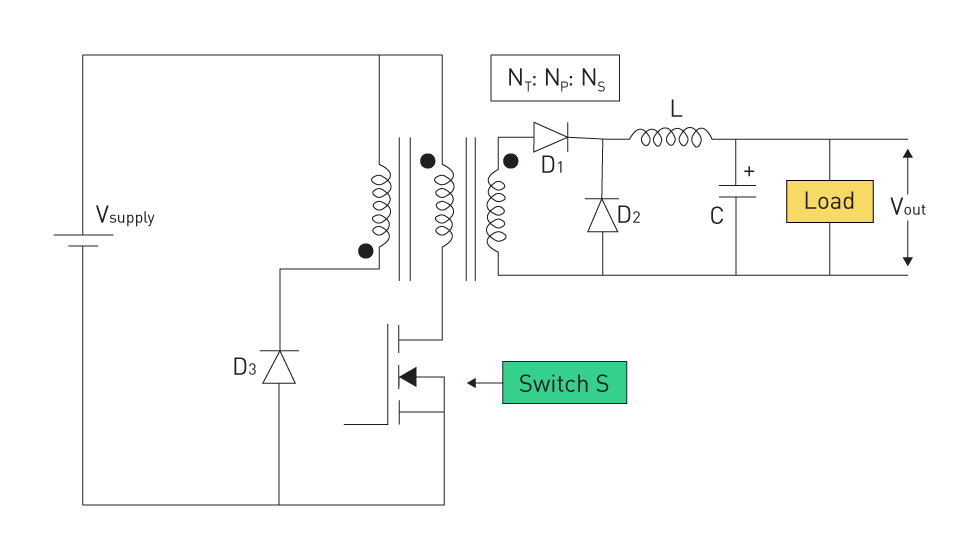
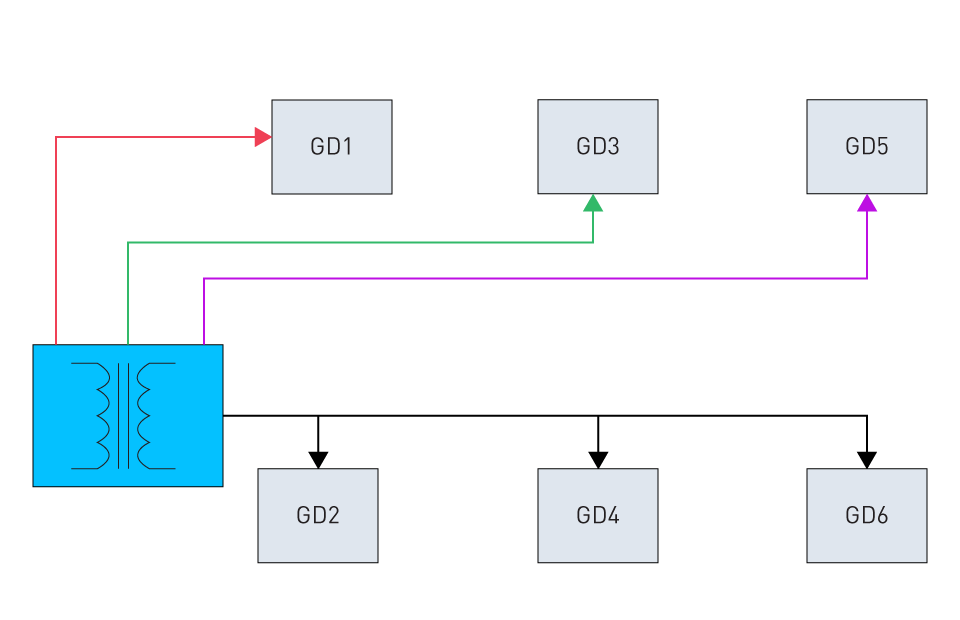
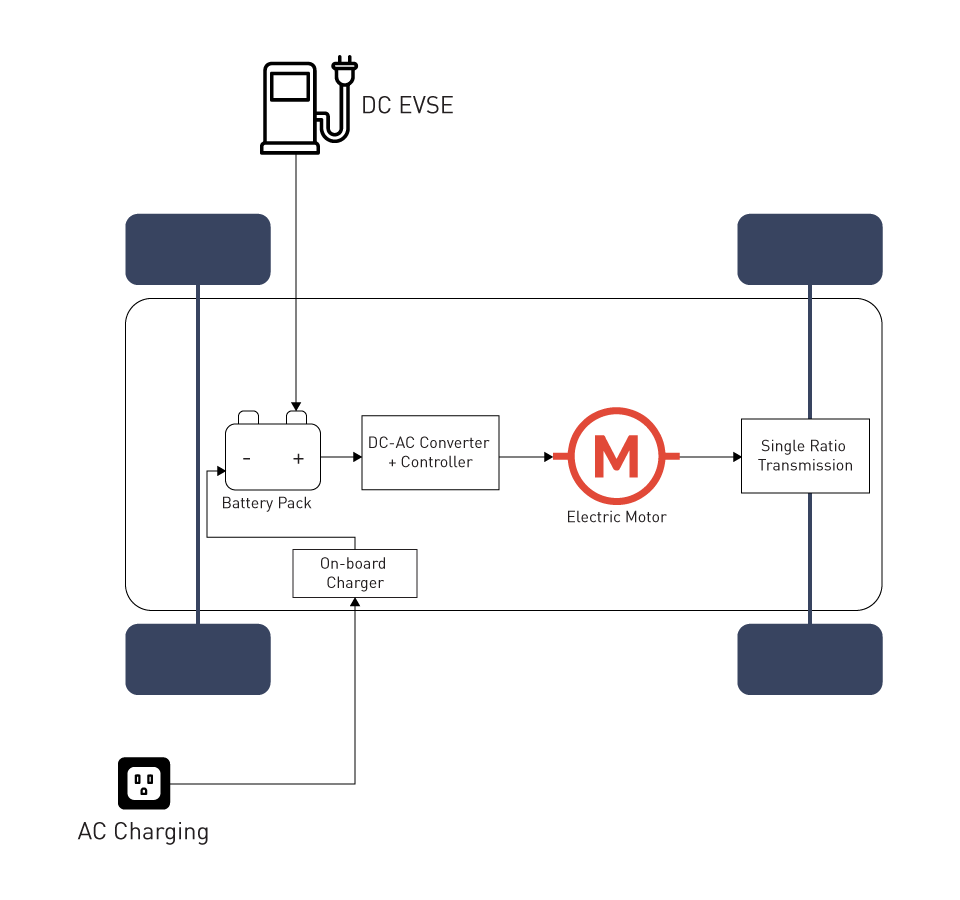
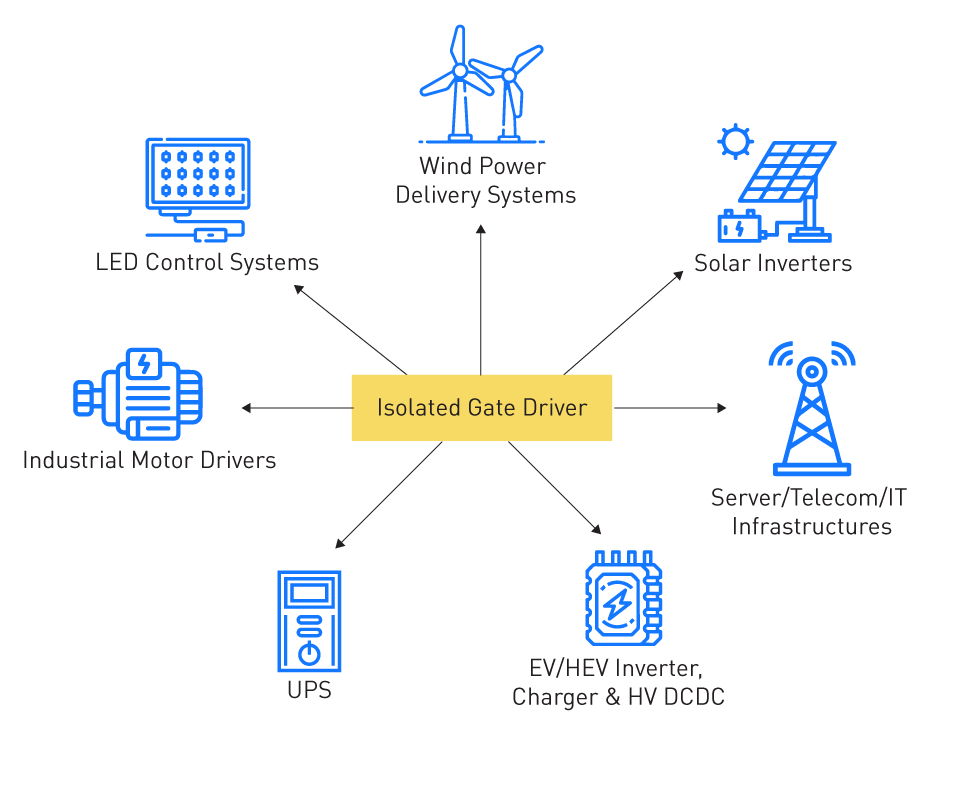
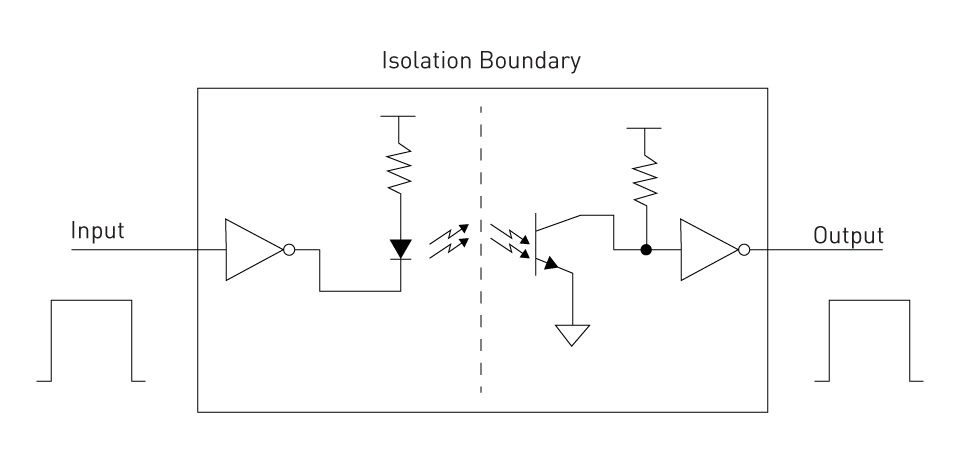

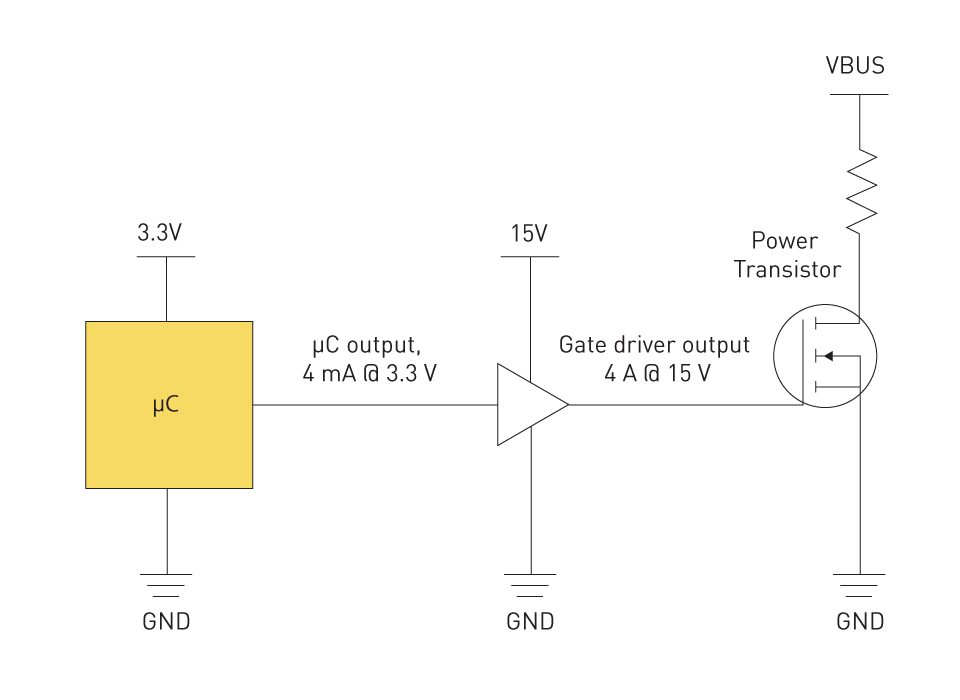
直接登录
创建新帐号